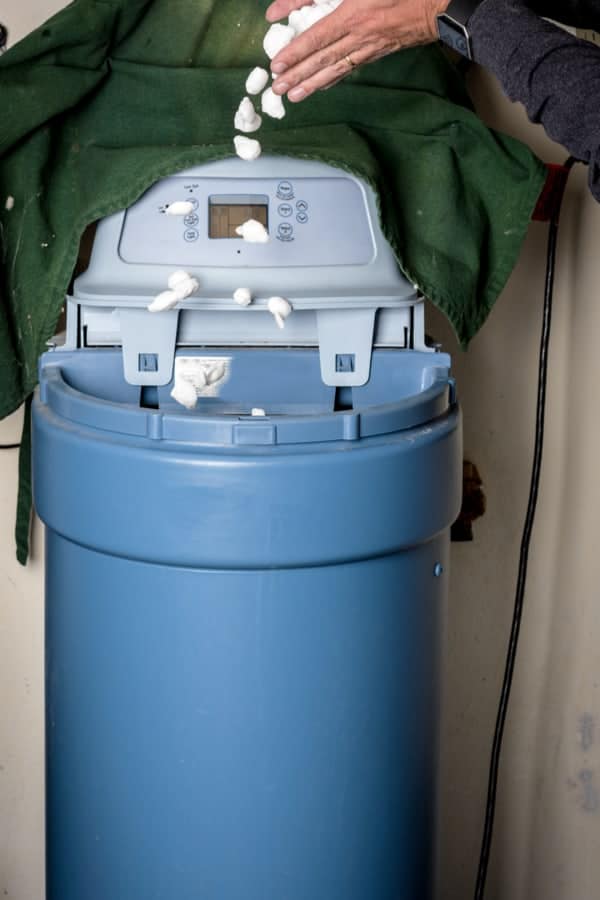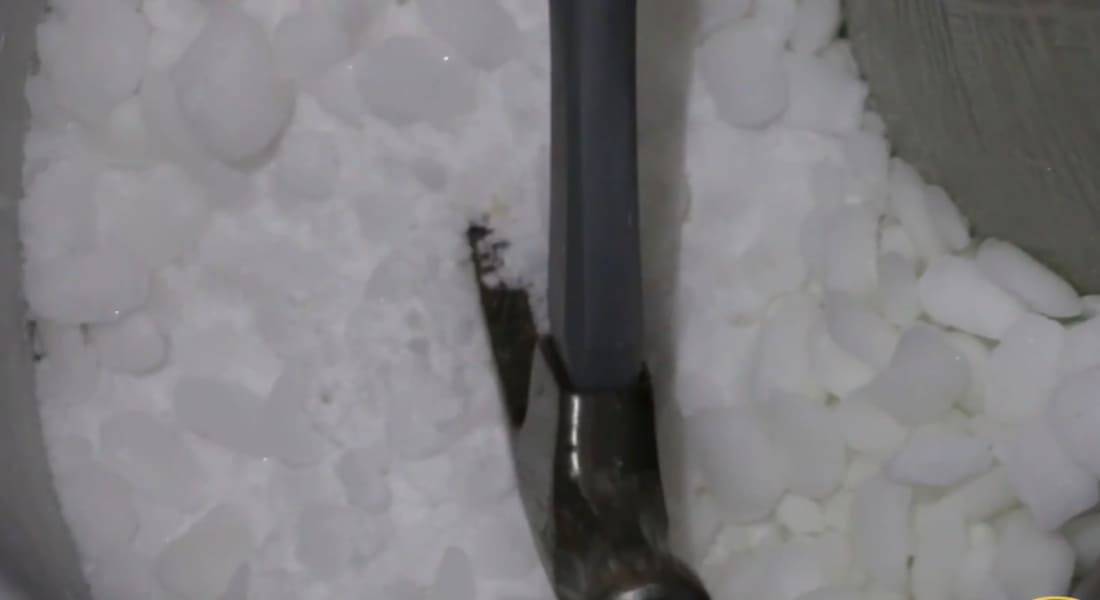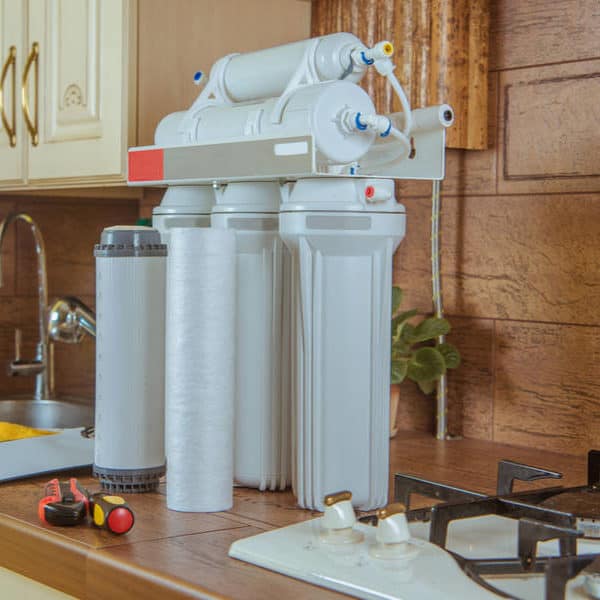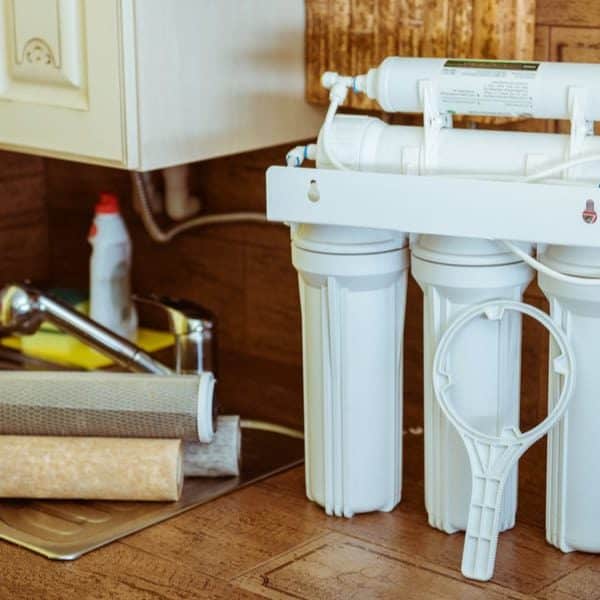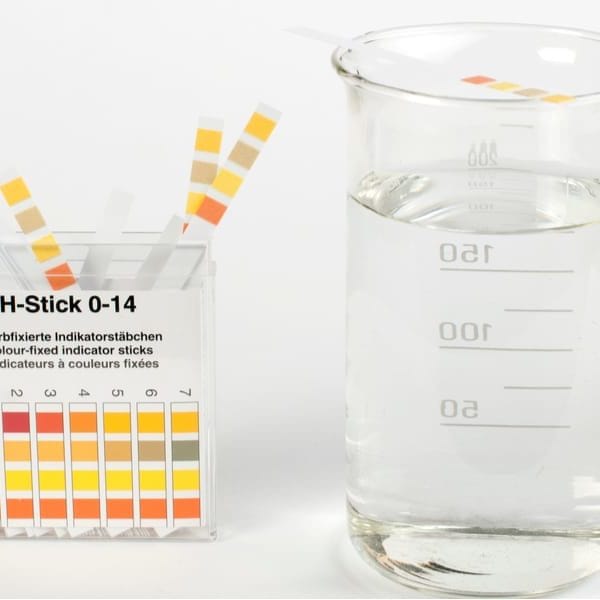Most cities have a problem with hard water coming from the city water supply. When the water you consume contains from 60 to 180 mg of dissolved calcium and magnesium, it can endanger the health of your family. An excellent water softener can remove most of these two elements from water and make it soft and healthy.
The great thing is that this product requires low maintenance. Plus, unlike the reverse osmosis system, there are no filter changes every six months. However, you need to clean it periodically to increase its longevity. That way, you will enjoy soft water for years and ensure lower repair costs. Let’s talk about the subject!
How to Maintenance Your Water Softener System
If you have any of the many standard water softeners, you need to clean it once in a few years. How often you will need to do this will depend on the model you have in your house and the level of water hardness in the region you live in.
While old water softeners require annual cleaning, you need to cleanse modern models once in five to ten years. However, if you notice that your water becomes smelly or discolored and output water hardness increases, you should clean the entire system right away. That is the only way to keep your system in tip-top condition.
1. Use the right type of salt
To keep your water softener in good shape, you should purchase high-quality salt specially designed for that purpose. I know that it cost more, but it is worthy of investment.
Namely, salt that doesn’t fit that particular device usually has a high level of insoluble impurities. They will build-up over time and clog the system. Plus, that way, you will extend its lifespan.
2. Regularly check the level of salt
You need to add salt in the brine tank of your water softener to allow the production of the sodium ions. During a simple chemical reaction of ion exchange, magnesium and calcium ions will replace them, and your water will become soft and healthy.
Therefore, you should take care to maintain the proper level of salt in the system. Otherwise, the process won’t be able to proceed smoothly, and you will begin noticing a limescale residue.
Fortunately, it is not a big deal checking the salt level. Lift the lid of the brine tank and find salt pellets. If the level of salt is lower than half of the tank, you should refill it.
3. Replace the water softener resin
The resin is a necessary part of the system since it allows the exchange of ions. In most cases, its lifetime is approximately ten to fifteen years, but it may break down faster if your water contains higher levels of chlorine or iron.
If you see fines (small particles) in your water, it is the time to replace the resin. You may do it on your own, but it is better to ask for professional help.
4. Eliminate salt bridges
A salt bridge is an ugly crusty build-up of salt collecting in the tank. Once formed, it can’t dissolve in water anymore. Without the brine, the resin can’t regenerate adequately, and the water you get will be still hard. The main reasons for the occurrence of the salt bridge are the low-quality salt and high humidity.
You don’t need to worry about the money because you can quickly solve the problem on your own. The only exception is a frequent accumulation of salt in the system, which indicates that there is the underlying cause requiring professional assistance.
You can identify the existence of salt bridges by pushing a broom handle into the brine tank. Break it up gently and pour 1 gallon (3.8 l) of warm water into the tank to rinse it.
5. Add a pre-filter
Water containing iron, sand, sediment, or clay may damage or clog your water softener. Installed pre-filter will remove these contaminants and prevent them reach the system.
Some manufacturers include this device in the package, but sometimes you need to add it on your own. Also, keep in mind that you need to replace the pre-filter every six to nine months.
6. Clean the brine tank
The ideal moment to clean the brine tank is when it runs out of salt. It will be much easier for you since the empty tank is lightweight, and you don’t need to remove salt manually. Plus, when there is no salt, you can see dirt or mold probably existing at the bottom.
Sometimes it is not possible to wait, and you need to clean the tank even the level of salt is still high. In that case, you should take it out by hand. After finishing the job, you can reuse the salt above the grid, but the one below the plate is trash.
Begin the process by putting the system in bypass mode and draining all water. Then remove the remaining salt and any deposit.
Pull out the grid and pour the mix of 1 to 2 gallons (3.8 – 7.6 l) of water and a few tablespoons of dish soap into the brine tank. Use a long-handled brush and scrub the inside gently. Rinse the tank with clean water.
The next step is to pour 2 to 3 gallons (7.6 – 11 l) of water with 1/4 cup household bleach into the tank. After sitting there for 15 minutes, you should scrub the inside with a brush once more.
Dump the bleach water, rinse the tank, and put it back in place. Then connect all lines to the drain and water softener and turn off the bypass mode.
In the end, add 5 gallons (19 l) of clean water into the tank and two 50 pounds (22.7 kg) weight bags of salt. Wait for two hours to let the salt begins dissolving. Then set the new regeneration cycle.
7. Clean the resin tank
If your water contains a high amount of manganese, iron, or organic compounds such as humic and tannic acids, they will stay between the resin beads.
Therefore, you need to clean these beds every three to twelve months, depending on the type of water in the region where you live. Use a specialized resin cleaner and clean the tank properly. That will prolong resin life, reduce the usage of salt and water, and allow the smooth functioning of the system.
Conclusion
It is an excellent idea to install the whole house water filter in your home. If you clean the system regularly, you will always have clean and healthy water for your family.


